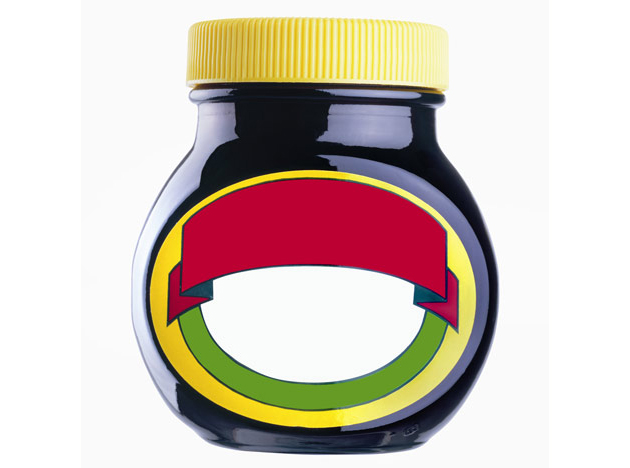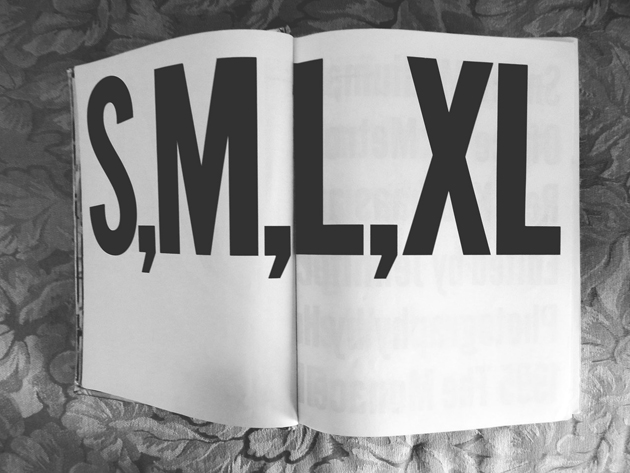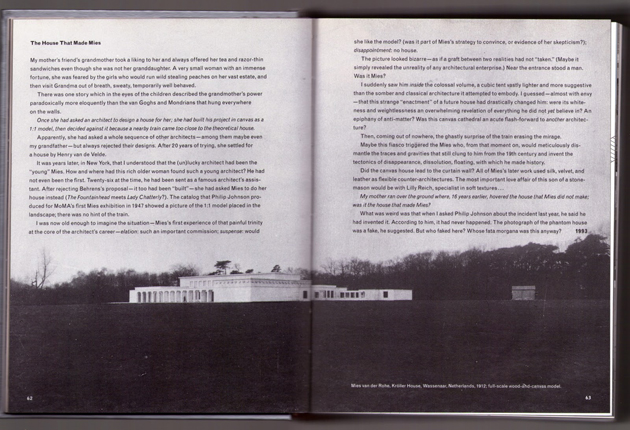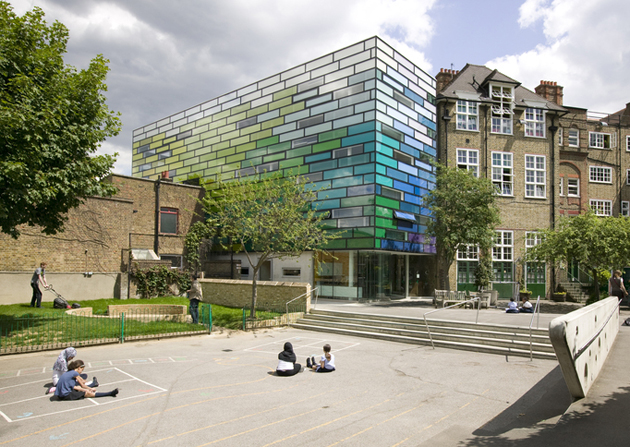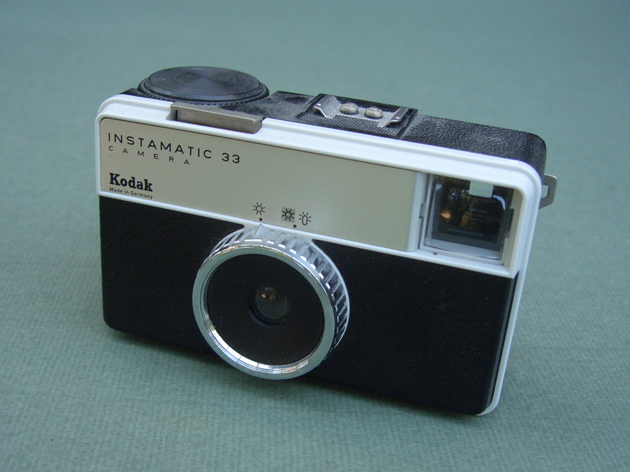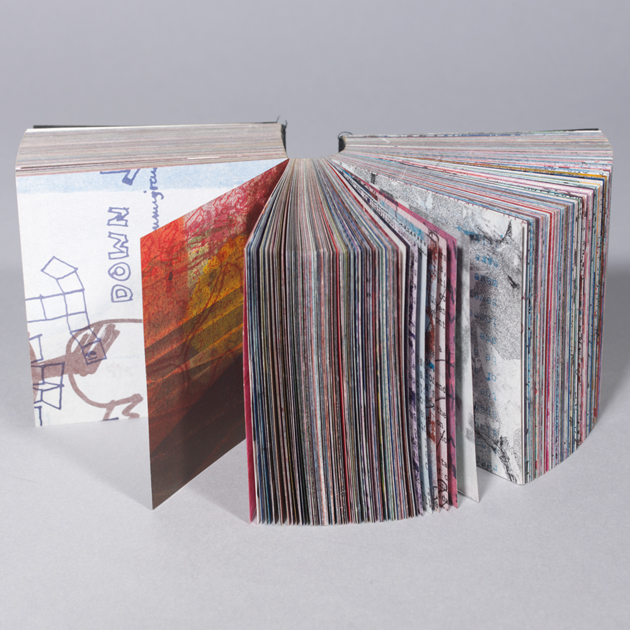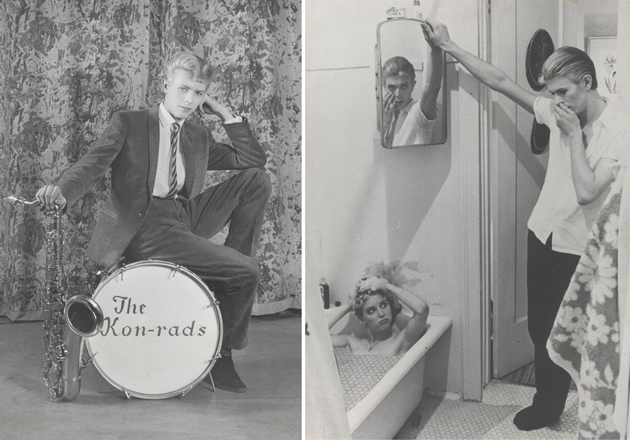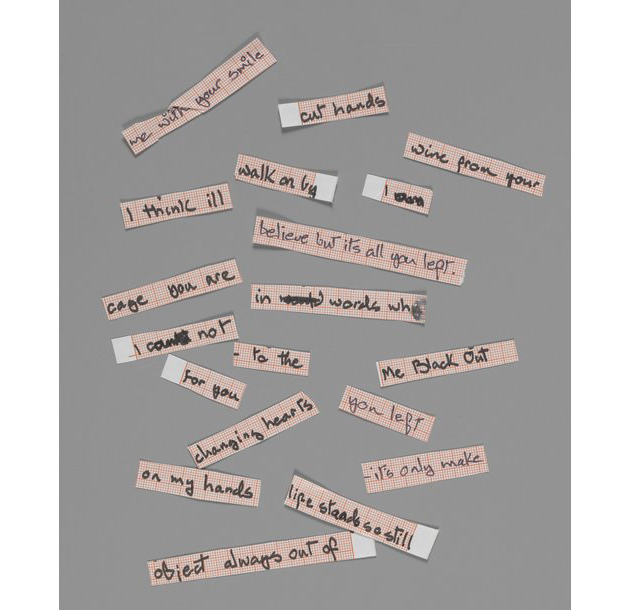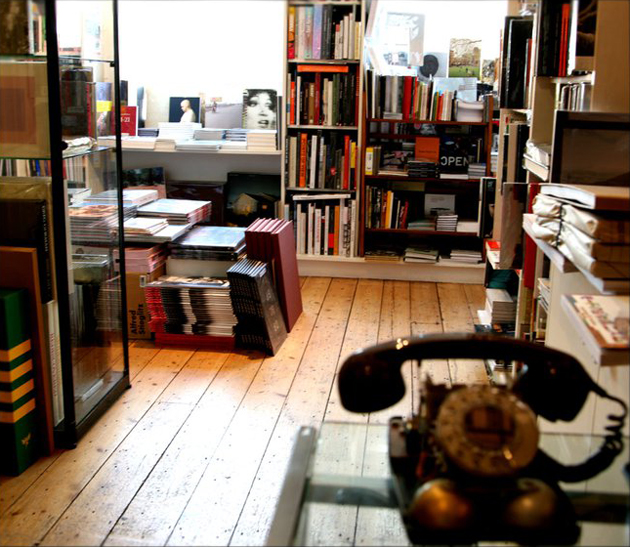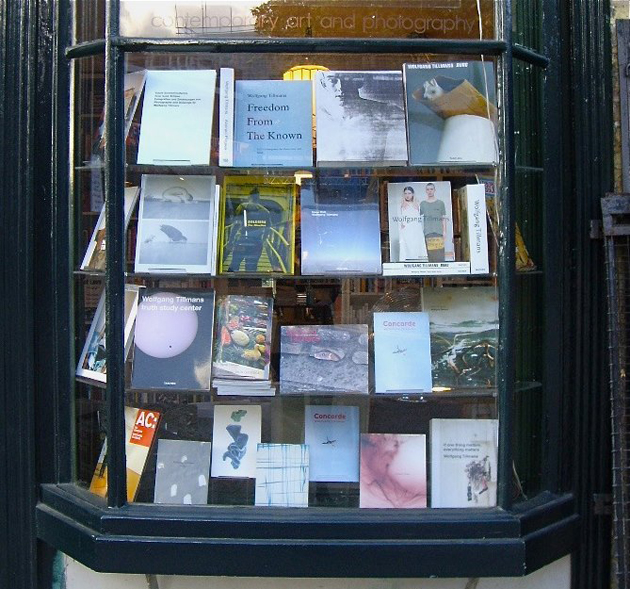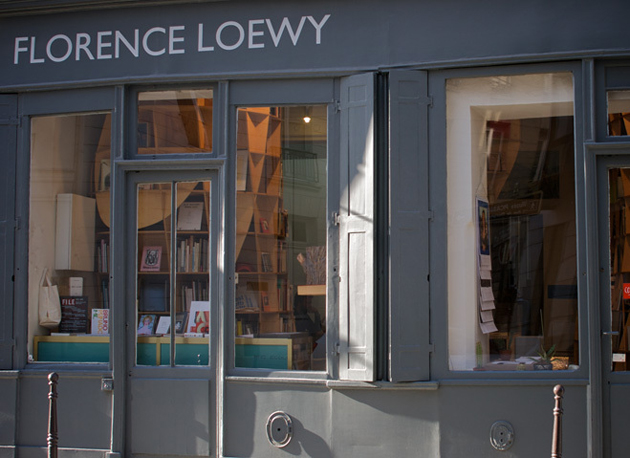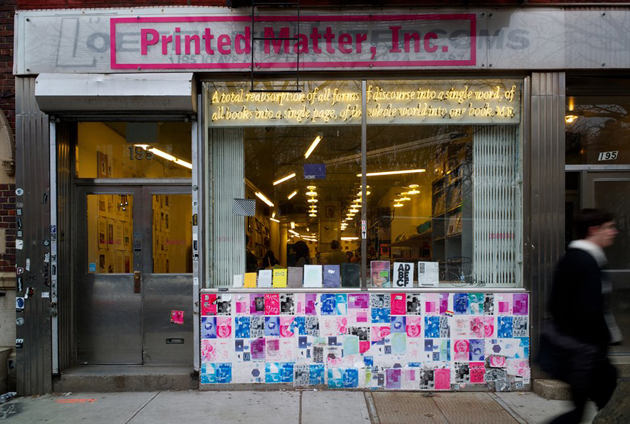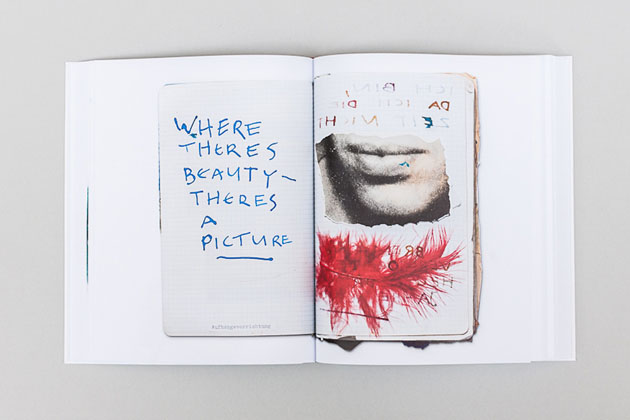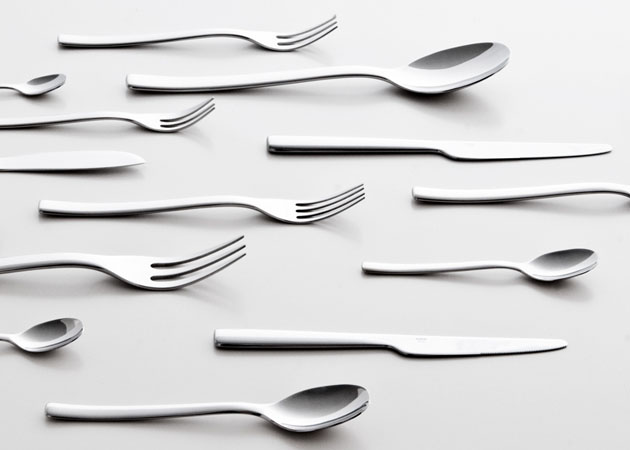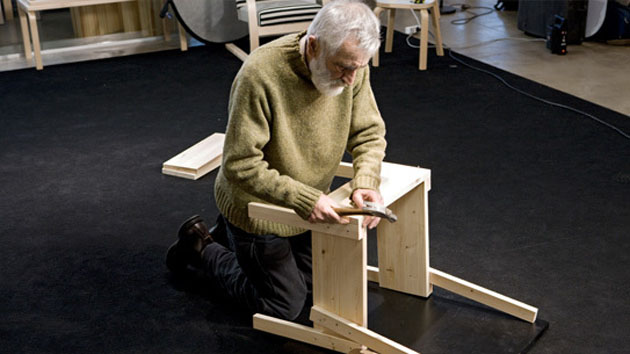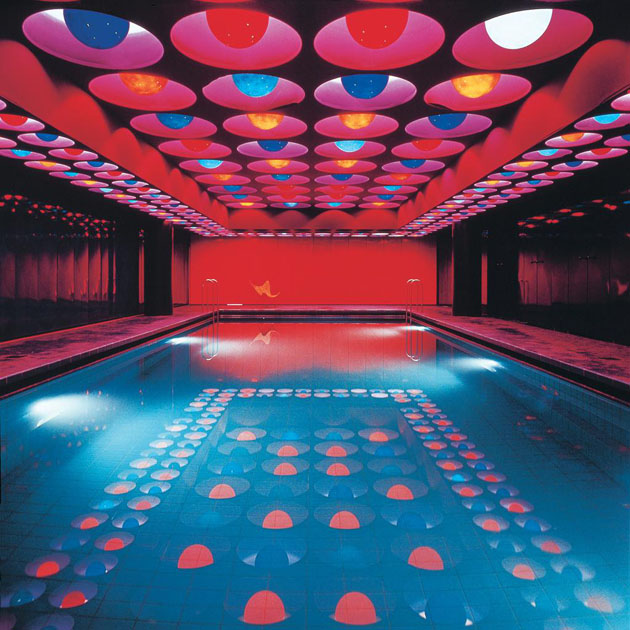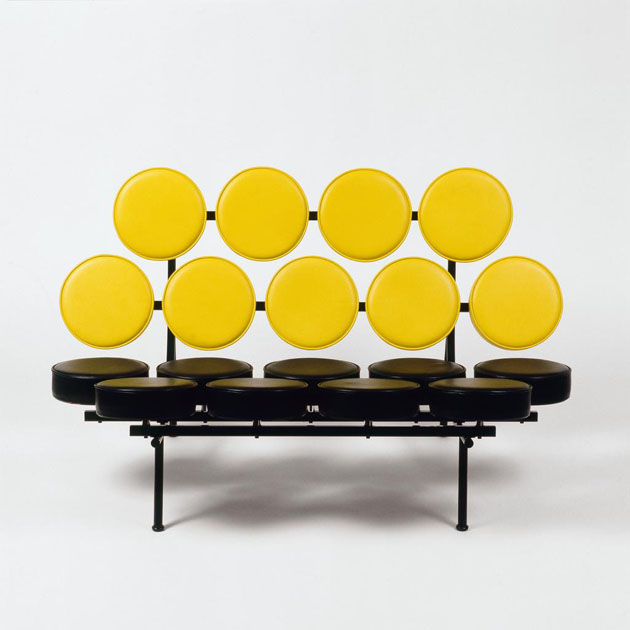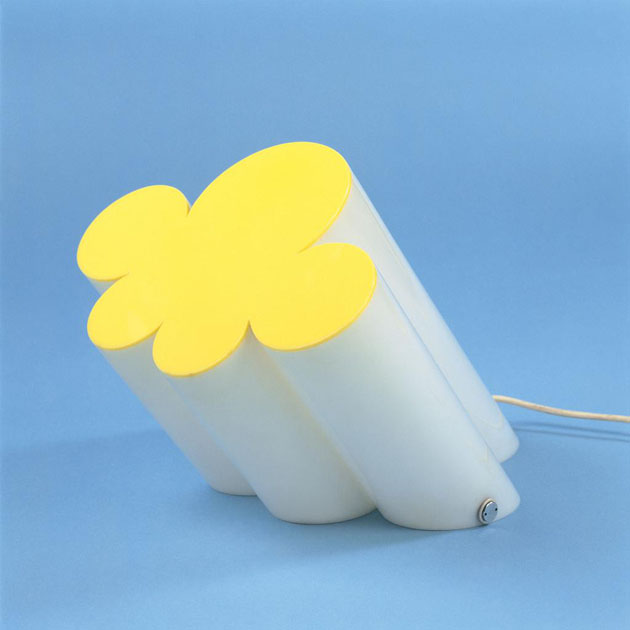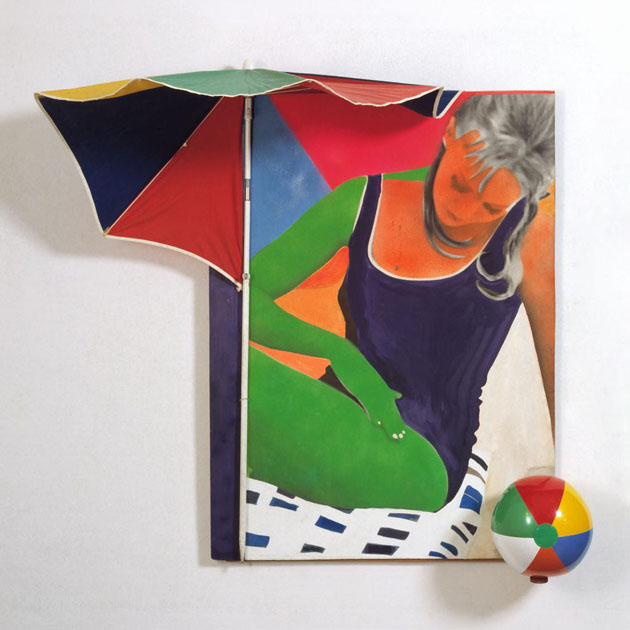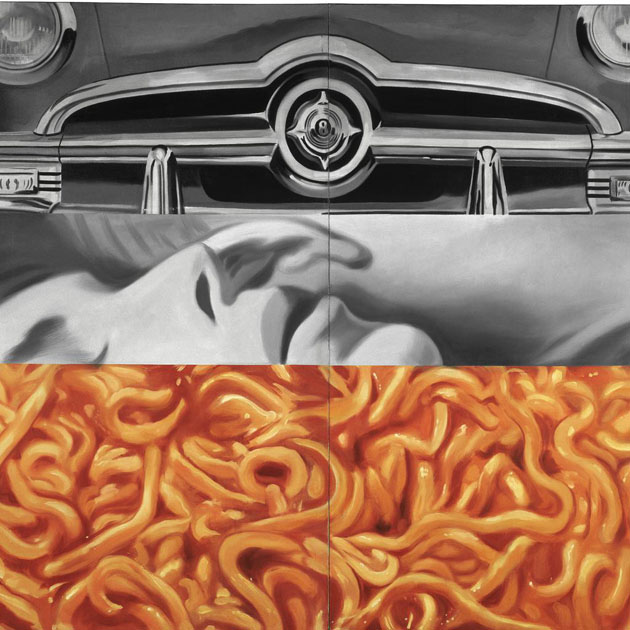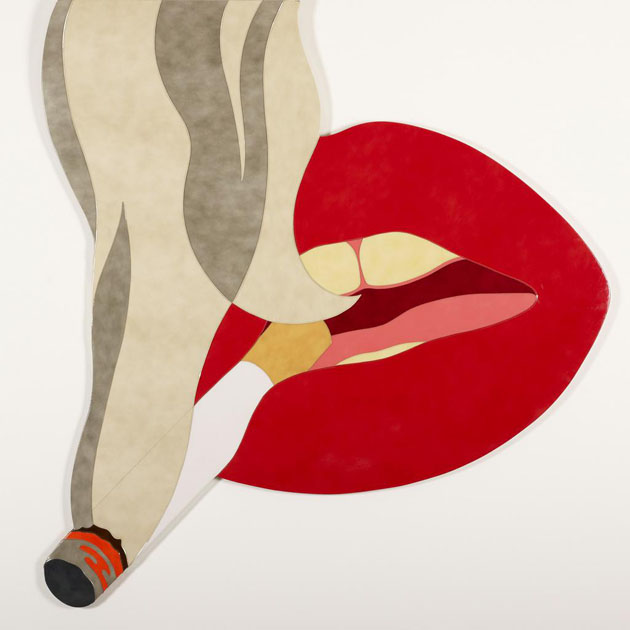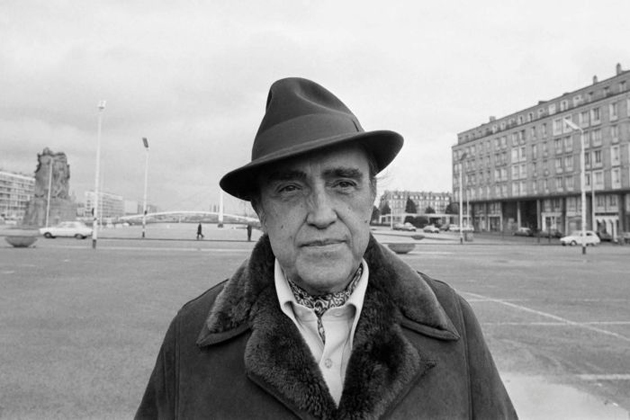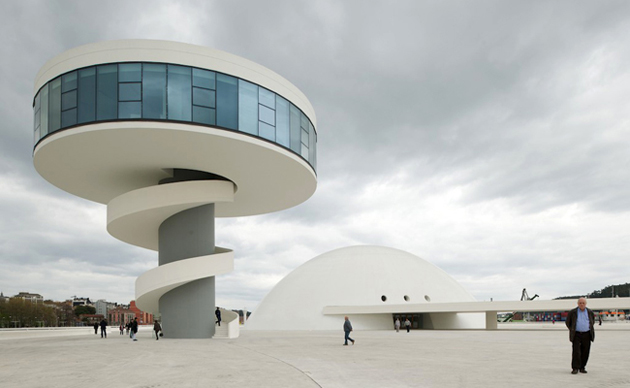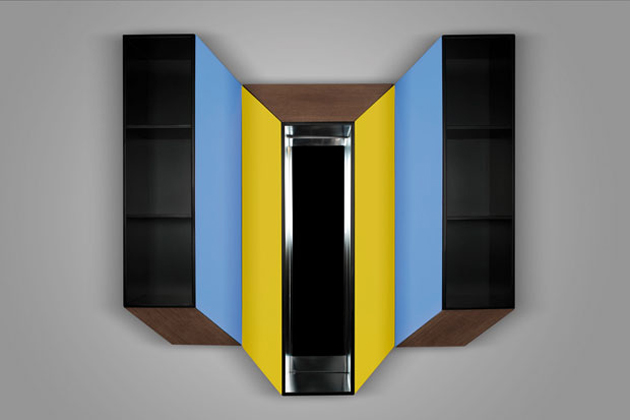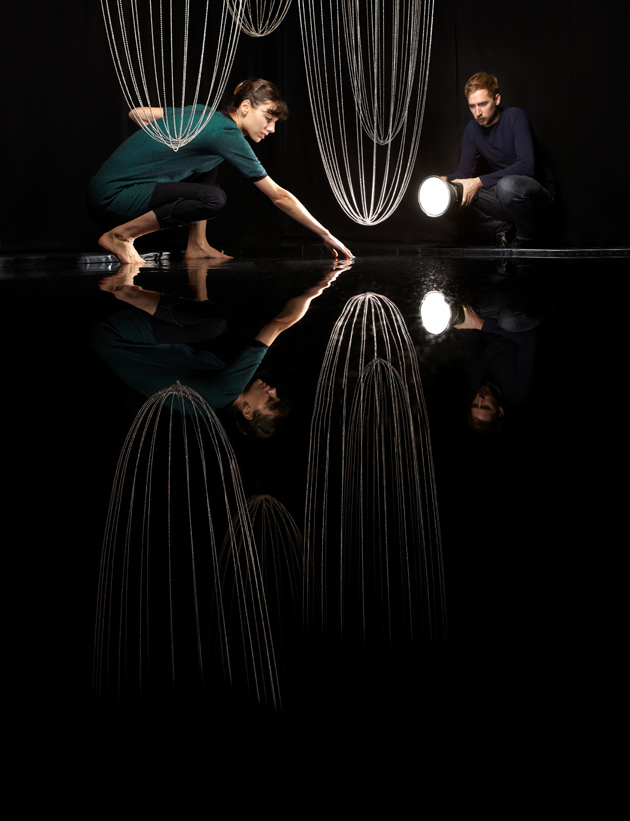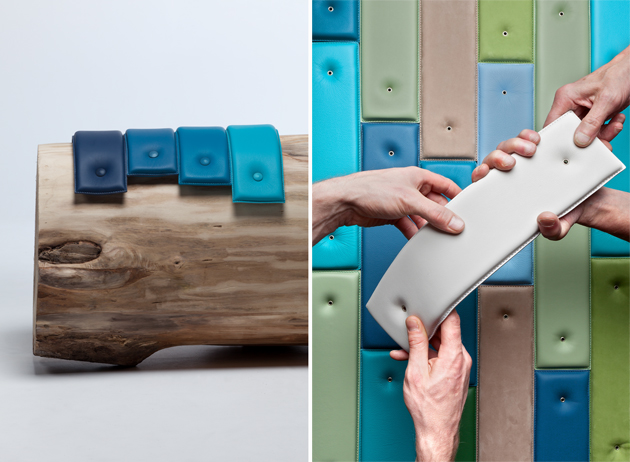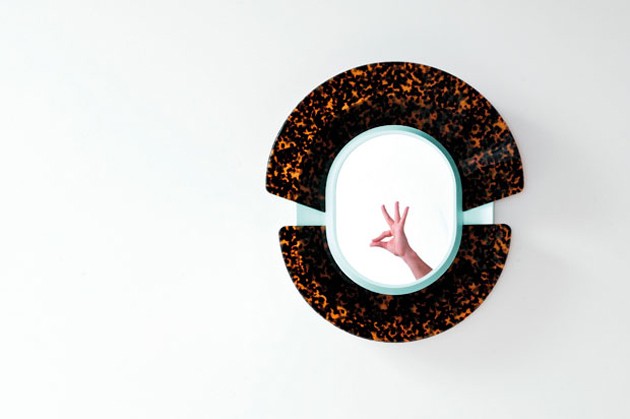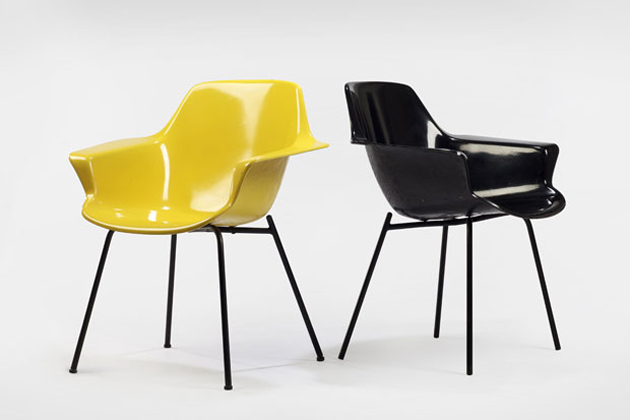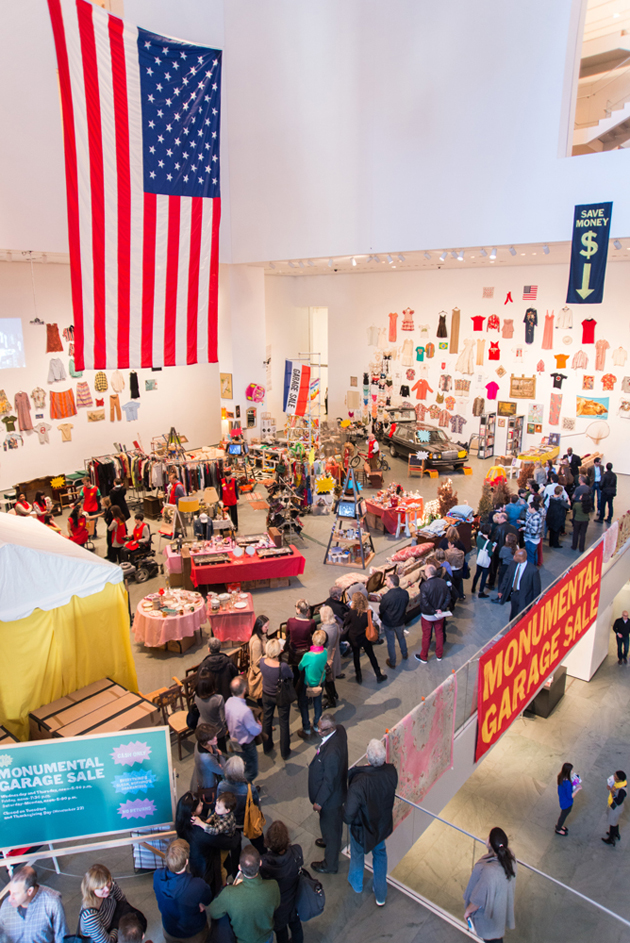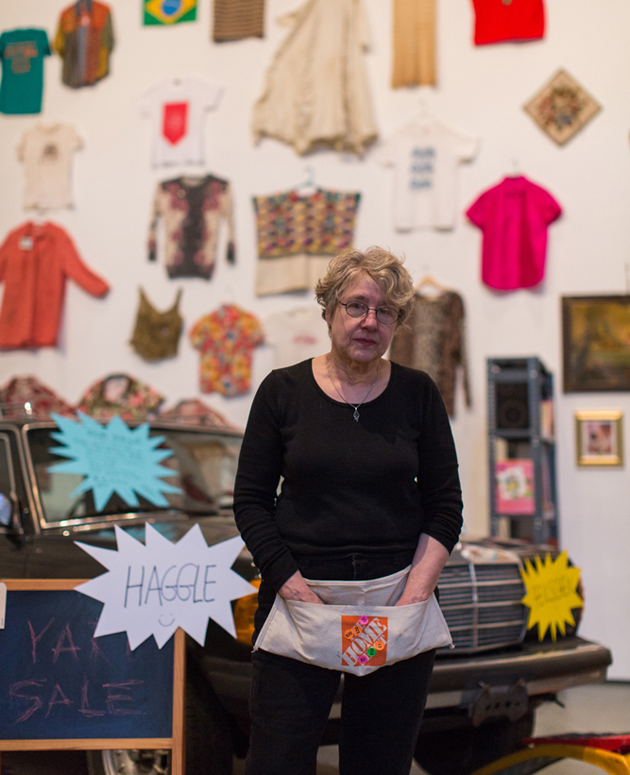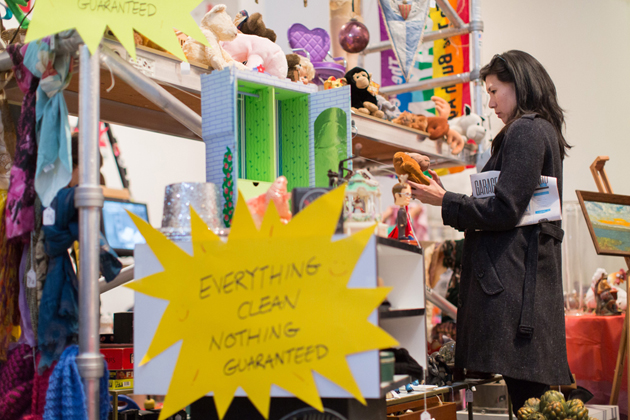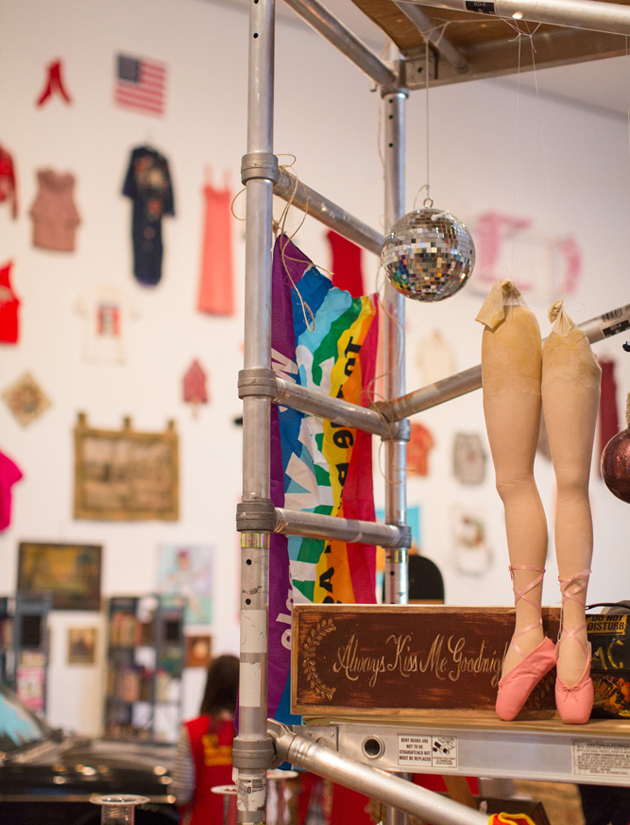The Quiet Shop at Selfridges
We encounter them constantly, confront them, make quite a lot of our daily choices based on them, yet we usually aren’t that much aware of their existence. We are speaking about brands – those nasty, tricky appearances in our consumerist life. As much as we pretend to ignore them, they still do exist and by their sheer existence, shape our lives. Strangely enough, a clever move by one of the most influential brands itself has pointed out how subtly conscious and aware we are of them even if we constantly try living in denial.
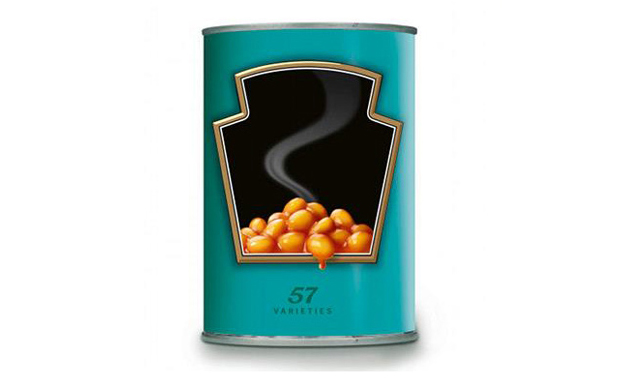

The initiative in question is called “The Quiet Shop” and was put together by Selfridges, a department store so powerful that some of the world’s most significant brands have decided to strip down their products from the thing that distinguishes them the most: the trademark itself. “The Quiet Shop” is a section of Selfridges at Oxford Street that offers an interesting shopping experience: all the products presented in the space are left without the logo or brand name on the packaging of the product itself. Interestingly, this project, born with the idea of offering a more relaxing shopping experience while focussing on the quality and design of the product itself, has somehow managed to put even more emphasis on the power these brands exert on their consumers. Hence, we have no trouble recognising Heinz ketchup, Levi’s jeans or Clinique moisturizing lotion placed on the understated shelves of this no-brand shop.


Even if the glorious years of Mad Men advertising world are undoubtedly over us, the game surely continues, and it has become even more sophisticated. As Metahaven, a graphic design studio based in the Netherlands, have pointed out a few years ago in their book “Uncorporate Identity”, advertising and brand identity can take infinite shapes, all of which contribute to the exertion of power and construction of value through design. And the only point that Selfridges actually manages to pinpoint is that no-advertising is just a new and maybe a smarter way of doing advertising.

